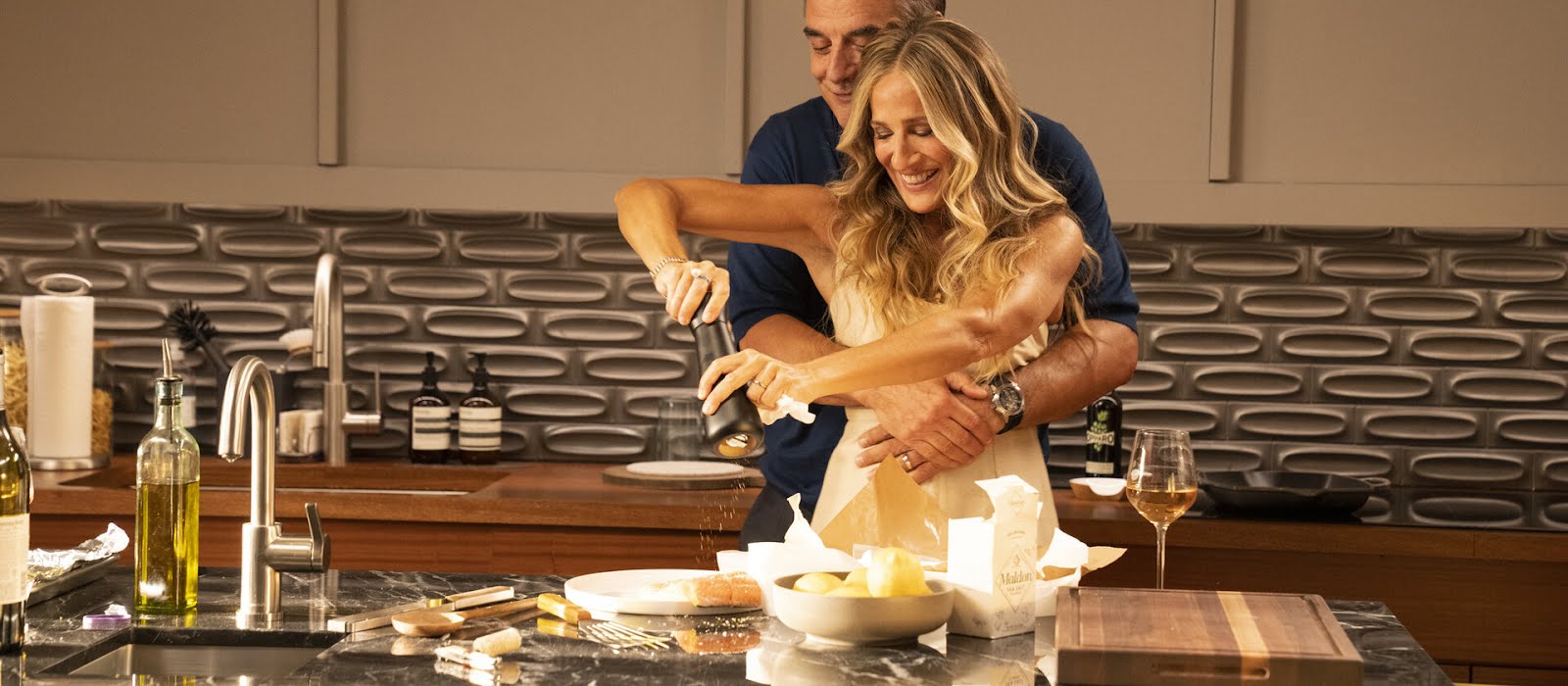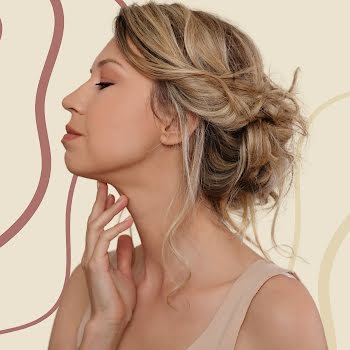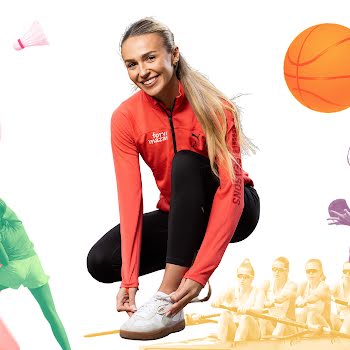
Attachment styles shape the way we connect, communicate, and relate to others in our adult relationships but what distinguishes each one? Here is your guide.
If you are in any way tethered to the dating and relationship world, you will have heard about attachment styles. These are the different ways of interacting and behaving in relationships that are first solidified in childhood and transfer into adulthood and romantic entanglements.
Attachment styles are rooted in attachment theory and grew from research conducted during the 1960s and 1970s. Today, psychologists generally identify four main attachment styles: secure, anxious, avoidant, and disorganised.
Each style plays a crucial role in how we connect with others, form bonds, and handle intimacy. They can aid people in deciphering some of their self-sabotaging traits when in relationships. When dealt with accordingly, understanding and reconditioning your attachment style can lead you to improved self-awareness, better communication, healthier relationship choices, conflict resolution and personal growth.
However, at times, attachment styles can feel like a buzzword. These terms are adopted by the masses and inserted into all and every conversation about relationships, even when the parties involved know absolutely nothing about the topic at hand but presume themselves to be experts because they watched a video on TikTok. Fighting with your other half about leaving the toilet seat up? Well, of course you’re looking for an argument, sure aren’t you an anxious-avoidant with disorganised tendencies?
If we were to explain to our parent’s generations about attachment styles, they’d probably tell us to attach ourselves to ‘a bit of cop-on’ and that we probably deserve a good slap. They didn’t overcomplicate matters of the heart. You courted and married and that was about it. Undesirable sentiments or practices were swiftly brushed under the carpet.
Thankfully, later generations are more emotionally intelligent, meaning we don’t live in the fog of an unhappiness we believe can’t be lifted. Instead, we choose to work on ourselves and become better versions for our partners.
One way we can do this is by identifying our attachment styles. So, what distinguishes each style?
Each style plays a crucial role in how we connect with others, form bonds, and handle intimacy.
Anxious
Otherwise known as preoccupied, an anxious attachment has a deep fear of abandonment. They were the child screaming blue murder when they couldn’t find their mother in Dunnes Stores. Now, as an adult, their mother has been replaced with their partner.
These individuals often seek excessive closeness and reassurance, are overly dependent on partners for validation and tend to be insecure, jealous, and preoccupied with relationships.
This attachment is typically a response to inconsistent or unpredictable caregiving during childhood. These children were often hyper-vigilant about their caregiver’s availability, leading to anxiety about relationships. Sadly, as adults, they feel like they don’t deserve love and they often feel they are playing a greater role in a relationship than their partner.
Anxiously attached individuals often feel unworthy of love and worry their partner does not value them as much as they value their partner. Like a child, they can be clingy and become preoccupied with their partner’s actions and intentions. Healthy boundaries can be difficult to create.
To counteract this, anxious attachers need to work on self-soothing techniques that manage their relationship anxiety. Building self-esteem outside of the relationship is also essential, as personal growth and self-improvement contribute significantly to healthier and more fulfilling relationships. By focusing on their development, individuals can bring a stronger, more confident version of themselves into their partnerships, ultimately enhancing the quality of their connections.
In this instance, the notion that you need to love yourself before loving someone else rings true.
Avoidant
Ever met someone who can’t look you in the eye? Someone so allergic to human connection they’d rather sleep with a rock and even at that they’d find it too much of an emotive experience? Yes, we’re talking about avoidants.
Avoidants are the opposite of anxious. These people tend to find intimacy intolerable. They find it so unbearable that they avoid it altogether. They value independence and self-sufficiency and find great discomfort with closeness which makes them appear to be distant or emotionally unavailable. Alongside this, they repress their emotions and avoid any conflict.
Experts have reasoned that this avoidance often develops from a childhood where caregivers were emotionally distant or dismissive. Children learned to rely on themselves because their needs for comfort and security were not consistently met.
In relationships, they prefer to keep others at a distance and can come across as aloof, distant or emotionless. Vulnerability is a no-go for them, so relationships are difficult to forge.
To ease this, they should work on becoming comfortable with emotional expression and intimacy and practice vulnerability by sharing feelings and thoughts with trusted friends and family. Through these practices, they can slowly increase their capacity for closeness.
Disorganised
If you think you can only be disorganised in your physical life, you are wrong. A disorganised attachment style is real and is like travelling on a rollercoaster you can’t get off. These people swing between incredible highs and unthinkable lows.
A disorganised attachment is a lethal combination of anxious and avoidant behaviours. These people can often be confused and inconsistent. They are fearful of intimacy and rejection, which can lead them to be unpredictable in matters of the heart. They experience extreme levels of emotional distress and have difficulty placing trust in other people.
Sadly, the reason for this can be attributed to trauma or abuse suffered during childhood, or from caregivers who were frightening or erratic. These children quickly learned that their caregiver is both a source of comfort and fear, creating internal conflict. Thus, this leads to the swings and roundabouts of their emotions.
In romance, this attachment style can lead to chaotic and intense relationships that move from closeness to withdrawal quickly. Emotional regulation cannot be practiced and stable relationships are hard to sustain.
However, it can be resolved by seeking therapy or counselling to address underlying trauma or emotional issues. Mindfulness and self-awareness are also powerful tools that can lead to an increased understanding of emotional triggers. From here, trust can be built slowly in relationships.
Secure
Ah, the secure individual, the golden child of the attachment world. These were the children sitting in the front of the class with their 10/10 maths test but were never smug about it. These children always gave you the end of their chocolate bar because they understood sharing was a good thing. They probably have never felt anxiety, but have such far-reaching empathy and compassion that they make you feel less alone. Romantic relationships are a breeze and just another part of life. They have never felt disturbed by an interaction or sat by the phone in a state of panic waiting for a reply to their risky text.
These individuals are comfortable with intimacy and independence. They trust easily and communicate their needs and emotions freely and effectively. There is a significant balance in how they give and receive love.
Unsurprisingly, this approach often results from a childhood with consistent, responsive, and supportive caregivers. Children learned that their needs will always be met, fostering a sense of security and trust.
Their romantic dalliances are healthy and stable. Intimacy does not scare them, but neither does spending time alone or away from their partner. They handle conflicts constructively and do not fear rejection.
Is there anything they need to do to improve? Absolutely nothing. Secure attachment individuals are simply encouraged to keep doing what they’re doing.
You go secure Glen Coco!



















